Fondazione Prada venue opens with show of classics
Rem Koolhaas transforms old distillery into a playground of ideas
By Korea HeraldPublished : May 7, 2015 - 20:31
MILAN ― Light pours through the glass walls of the exhibition space where the Fondazione Prada is hosting a special show, “Serial Classic,” to mark the unveiling of its new Milan venue. The statues from Greek and Roman antiquities ― the originals, often only surviving in fragments, and their imagined copies ― fill the airy space that is part of the acclaimed architect Rem Koolhaas’ design for the Fondazione Prada’s new home, a sprawling “campus” of more than 19,000 square meters.
Koolhaas and his team at OMA combined the seven preexisting buildings and three new structures, transforming the distillery factory dating back to 1916 in an industrial southern part of Milan into a place where the possibilities of different activities are limited only by one’s imagination.
Established in 1993, Fondazione Prada explores a wide range of cultural endeavors, including contemporary art for which it is best known. Under the influence of designer Miuccia Prada and her husband Patrizio Bertelli, copresidents of the foundation, the organization, which is kept strictly separate from the fashion firm Prada, has also branched out into film festivals, philosophy symposiums, and architecture events. The foundation aspires to engage in various forms of contemporary culture, including ideas.
Koolhaas and his team at OMA combined the seven preexisting buildings and three new structures, transforming the distillery factory dating back to 1916 in an industrial southern part of Milan into a place where the possibilities of different activities are limited only by one’s imagination.
Established in 1993, Fondazione Prada explores a wide range of cultural endeavors, including contemporary art for which it is best known. Under the influence of designer Miuccia Prada and her husband Patrizio Bertelli, copresidents of the foundation, the organization, which is kept strictly separate from the fashion firm Prada, has also branched out into film festivals, philosophy symposiums, and architecture events. The foundation aspires to engage in various forms of contemporary culture, including ideas.

Headed by Prada, described by Germano Celant, the foundation’s artistic and scientific superintendent, as a “very cerebral person,” the foundation employs a think tank called the “Thought Council,” which is charged with offering ideas and counsel that will guide the foundation. The group, currently composed of three young men, are given free rein to take risks in the spirit of experimentation.
The words “ideas” and “thoughts” are tossed about frequently at Fondazione Prada.
“An exhibition should serve one purpose ― make people think,” said Salvatore Settis during a press conference on May 2. Settis curated “Serial Classic” and its counterpart “Portable Classic,” which is being held at the foundation’s Venice location set in a palace by the Grand Canal.
As for marking the opening of the new venue with an exhibition of classics, Settis, an acclaimed scholar of ancient archaeology and art history, said, “I did not expect Fondazione Prada to open with a classical exhibition.” The Prada Collection is focused primarily on the 20th and 21st century contemporary art.
Settis suggested that contemporary art is attractive because it leads people to think of what is happening around them. On the other hand, classical art is considered static and neutral, a prejudice he wanted to contradict. “Classical art is serial art built and created by citizens,” Settis said.
While the Podium, one of the three new buildings, is showing classical works, the rest of the exhibition spaces on the campus are devoted to contemporary works. “We are showing the origin of contemporary art, dialogue between contemporary and classical and the relationship with our large classical collection,” said Celant during the press conference.

A long building on the north side is hosting a special exhibition titled “In Part,” curated by Nicholas Cullinan, a Thought Council member, that centers around body parts. Exploring fragments of body, it is a natural transition from the “Serial Classic,” which also focuses on how fragments are used to imagine the whole. Featured artists include David Hockney, William Copley and Yves Klein, among others.
Meanwhile, the building that runs parallel to it on the south side of the campus is hosting “An Introduction,” featuring works that are highly personal and eclectic. The show includes works from the Renaissance to the modern, showing how the collection is driven by Prada’s passion.
“Trittico” on exhibition at the Cisterna ― a preexisting building of three adjacent vertical spaces that used to house giant cisterns ― shows three installation works from the Prada Collection.
Taking a cue from the boxed-in feeling of the space, the three members of the Thought Council ― Cullinan, Shumon Basar and Cedric Libert ― selected three works that are closed in. Demonstrating the relationship between space and exhibits are: Damien Hirst’s “Lost Love,” a large water tank filled with fish and abortion equipment; Pino Pascali’s “1 metro cubo di terra” featuring 1 cubic square meter of dirt; and Eva Hesse’s “Case II” made with metal and grass. An underlying theme of the works is things people would rather keep hidden, according to Cullinan.
Situated between the Cisterna and the Podium is the Cinema, which will show Roman Polanski’s documentary exploring the cinematographic inspiration behind his work. Another filmmaker, Wes Anderson, who directed the “The Grand Budapest Hotel,” contributed to the new venue with Bar Luce, a cafe inspired by Milan in the 1960s.
The gold-gilded “Haunted House,” named by Prada, is an attention-grabbing preexisting structure. The gold leaf, which was a last-minute decision, gives value to the seemingly unimportant building. “It gives the building respect, and gold is a relatively cheap material,” said Koolhaas. It contains a permanent collection of installations by Robert Gober and Louise Bourgeois in an intimate setting. Meanwhile, Thomas Demand’s site-specific installation work, “Processo Grottesco,” features a three-dimensional cave based on thousands of photographs of caves.
Although the venue opens to the public on May 9, it is still a work in progress. The Torre, or the tower, is still under construction. When it is completed, each floor will be 1 meter taller than the one below it, according to Koolhaas, expanding the possibilities of art that can be displayed in vertical spaces of different heights.
By Kim Hoo-ran, Korea Herald correspondent (khooran@heraldcorp.com)
-
Articles by Korea Herald


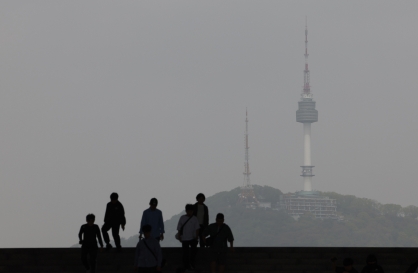
![[AtoZ Korean Mind] Does your job define who you are? Should it?](http://res.heraldm.com/phpwas/restmb_idxmake.php?idx=644&simg=/content/image/2024/05/06/20240506050099_0.jpg&u=)

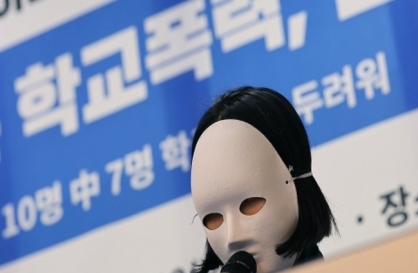









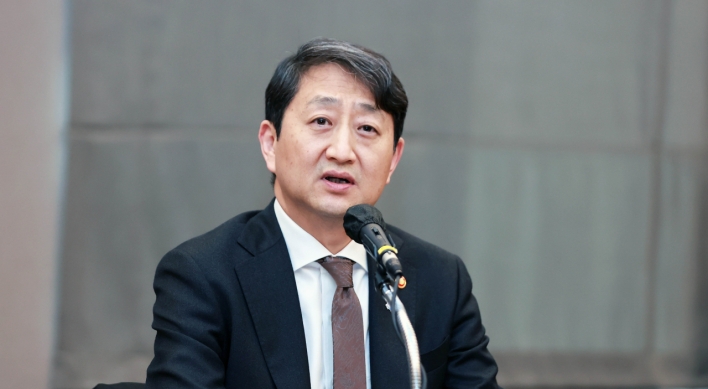
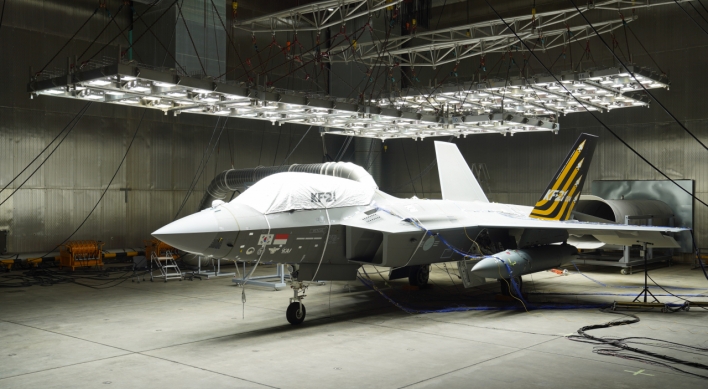
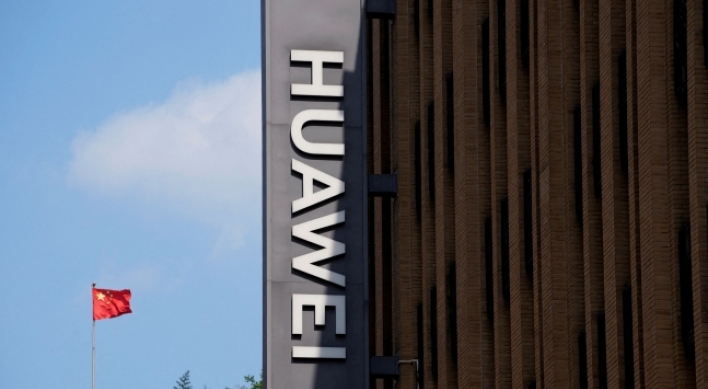

![[K-pop's dilemma] Is Hybe-Ador conflict a case of growing pains?](http://res.heraldm.com/phpwas/restmb_idxmake.php?idx=642&simg=/content/image/2024/05/07/20240507050746_0.jpg&u=)